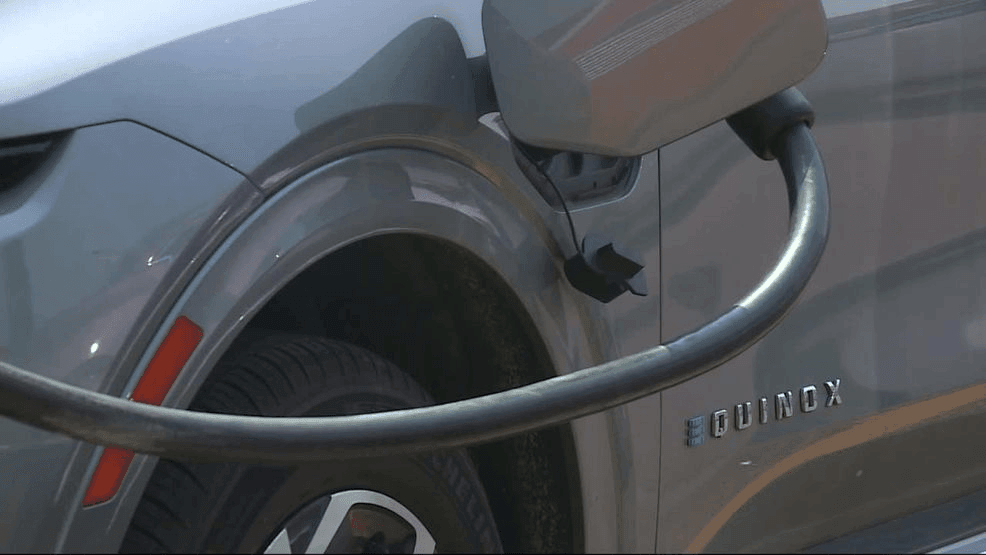The electric vehicle (EV) market in the United States is experiencing significant anxiety as federal policy changes under President Donald Trump threaten to reverse incentives established during President Joe Biden’s administration.
The electric vehicle market in the U.S.A. is growing, but remains— very much— in its early stages.
“People bought more electric cars this year than they did last year. They’ll buy more electric cars next year than they did this year,” said Michigan Lt. Gov. Garlin Gilchrist.
What Lt. Gov. Garlin Gilchrist says is definitely true for general motors.
Among Detroit’s big-3, GM is the only one reporting a sales jump in EVs for the first half of this year.
But how long can that last with the federal government under President Donald Trump, reversing the various incentives that the government, under then-president Joe Biden put in place.
“It’s kind of pulling the rug out from under them when the policy changes,” said David Zoia, an automotive analyst.
Combined— GM, Ford and Stellantis initially invested roughly $120 billion in EV technology.
“They made this investment based on the trajectory of policy in this county to some extent,” said Zoia. “when you have things jumping back and forth, that just creates havoc in the industry.”
That policy havoc also resonates at the state level and with e-v owners.
“All these new cars and stuff, coming up and the infrastructure’s not there to support them yet,” says Brayden, an EV owner.
The Michigan Department of Transportation (MDOT) is working with private partners to expand the state’s charging network, with four DC fast chargers expected to be online in the next few months at a site off Miller Rd.
Money from the bipartisan infrastructure law that President Biden signed while in office is funding the site, and about 80 other charging stations across the state. Michigan was granted $110 million with $58 million already in hand.
“We’re waiting for additional clarity from the federal highway administration for the remaining 52-million,” said Steve Minton from MDOT.
If President Trump’s pause on the program is lifted, Minton says the state can finish building out the charging corridors, placing stations every 50 miles along major routes, and possibly build in rural and urban areas.
Minton estimated the cost of each station at $750,000 to $800,000, allowing for the installation of 100 to 150 stations, which would help ease anxiety for EV owners.
“I’ve had this car for about two and a half years now, and there have been no new fast chargers or anything that i’ve been able to use put in around here,” said Brayden.
Now— if you’re a prospective EV owner— your anxiety level might be rising. And, in turn the same could hold for individual car dealers.
The federal tax incentive that was set to run through December 2032, now goes away on September 30th just two and a half months from now.
“When these incentives come off at the end of September,” said Zoia, “we’ll start to see what is the true demand for electric vehicles in this country.”
The change to the EV tax incentive change is a done deal. It was included in the spending bill President Trump signed on July 4th.
As for the money allocated under former President Biden’s bipartisan infrastructure law, it remains to be seen whether the Trump administration will be able to pull that back, with MDOT expecting further updates soon.

